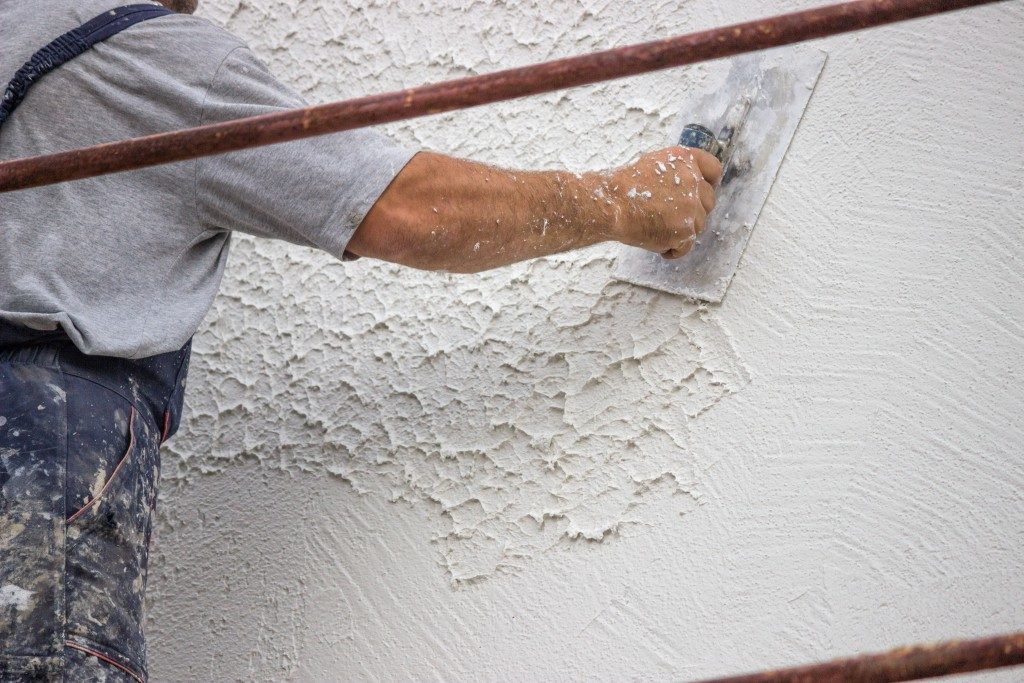Plaster is used on almost all interior surfaces. It is needed to make the walls smooth and usable so that they can be painted. It is a long and painstaking process, usually consisting of the application of plaster material over three layers. In between each layer, you need to leave enough time for drying before reapplication. There are many different types of plaster materials and tools for those who are seeking to renovate their homes. Each of them requires different applications. You must decide on the type of plaster to use before going and buying plaster. The three main types of plaster based on the type of material are:
1. Lime plaster
This is a thick and durable layer of exterior plastering that is made by mixing together lime and sand. Lime plaster is mixed with cement to form a smooth and even paste, which is then applied to the wall in stages. Its biggest advantage is that it is extremely durable, and it can withstand weather extremes. It works the same way as concrete, but it is lighter. If you are looking for a permeable exterior for your house, nothing beats lime plaster. It is also easy to paint on, and it is used to achieve the normal look of walls.
2. Stucco plaster
This type of plaster is most commonly found on interior walls of houses as its purpose is decorative. It adds a grainy texture to the walls, and it is sometimes also used on the exterior. Although it is technically made out of the same material as plaster, stucco can be much harder. It has been used in ancient civilizations to decorate exteriors, some of which are still standing.
3. Gypsum plaster

Otherwise known as Plaster of Paris, gypsum plaster is extremely hard and durable. It can both go as a layer on top of cement or by itself directly on the brick. Its durability and insulating properties make it ideal for use on inner walls. It is preferred by builders due to its quick settling time, durability, and smooth finish. However, it is not water-resistant, and it usually starts getting damp and crumbling off if wet.
Whether you decide to do it yourself or hire a contractor to do the plastering for you, be mindful that it is a painstaking process. Some of the basic materials that you will need are going to be buckets and tools for mixing, along with something to apply the plaster with, such as a towel, brush, or spray gun.
You can add different materials to strengthen the plaster, such as fibreglass. You can also add powdered magnet to the plaster in case you wish to make a tiny part of your wall magnetic. You will need to polish the plaster once it is dry to make it smooth. You will have to scrape it off of corners or places where mistakes have been made. Although it may be a long process, the feeling of reward of having completed the plastering process is extremely gratifying.

